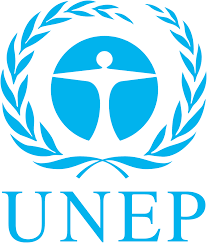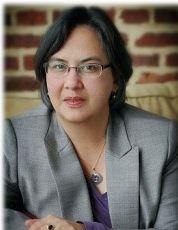California Safer Consumer Product Regulations Webinar with Helen Holder
To better understand the implications of the California Safer Consumer Product Regulations, BizNGO followed the regulations in performing two draft alternatives assessments. Helen Holder of Hewlett-Packard and Mark Rossi of Clean Production Action… …








